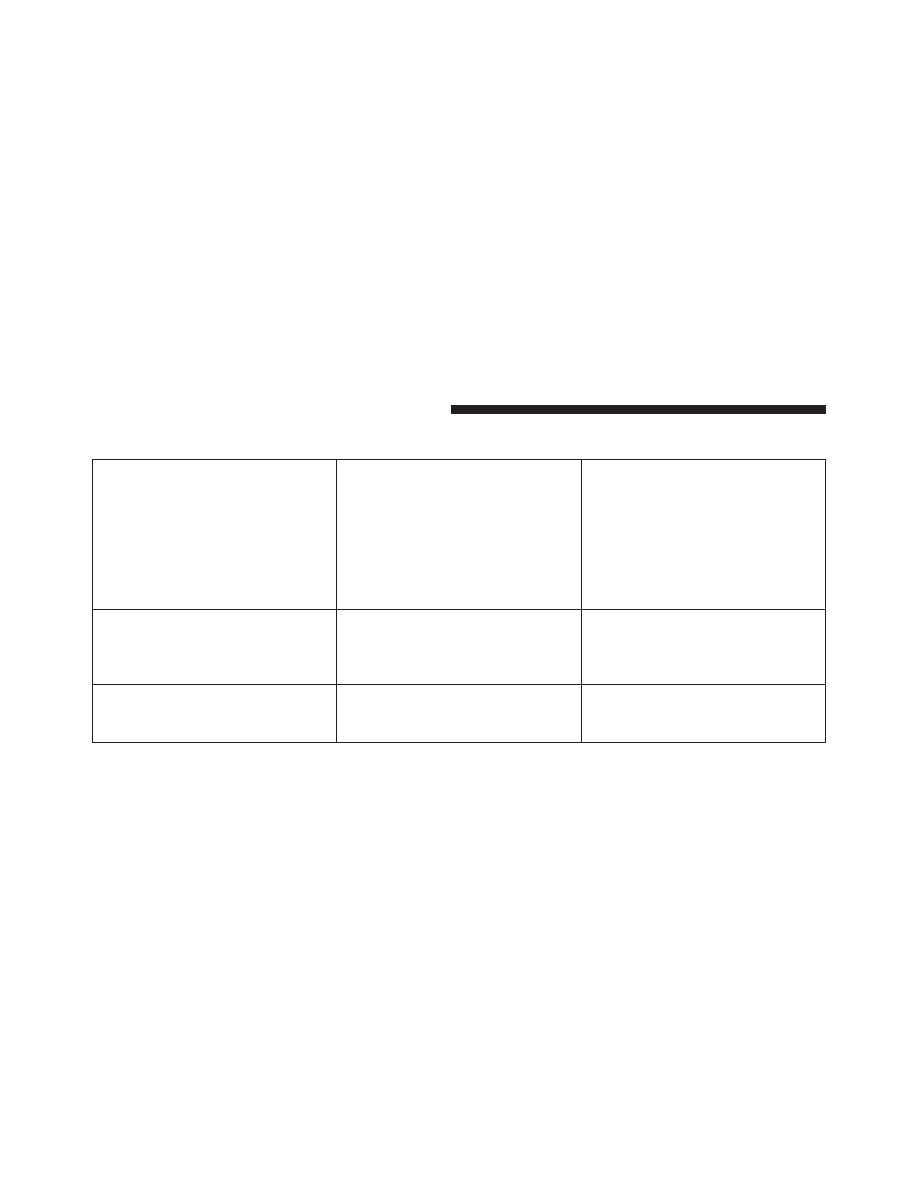RAM C/V (2013 year). Manual - part 7

Child Restraint LATCH Positions
What is the weight limit (child’s
weight + weight of the child re-
straint) for using the LATCH an-
chorage system to attach the child
restraint?
65 lbs (29.5 kg)
Use the LATCH anchorage system
until the combined weight of the
child and the child restraint is
65 lbs (29.5 kg). Use the seat belt
and tether anchor instead of the
LATCH system once the combined
weight is more than 65 lbs
(29.5 kg).
Can the LATCH anchorages and
the seat belt be used together to
attach a rear-facing or forward-
facing child restraint?
No
Do not use the seat belt when you
use the LATCH anchorage system
to attach a rear-facing or forward-
facing child restraint.
Can a child seat be installed in the
center position using the inner
LATCH lower anchorages?
N/A
100
THINGS TO KNOW BEFORE STARTING YOUR VEHICLE